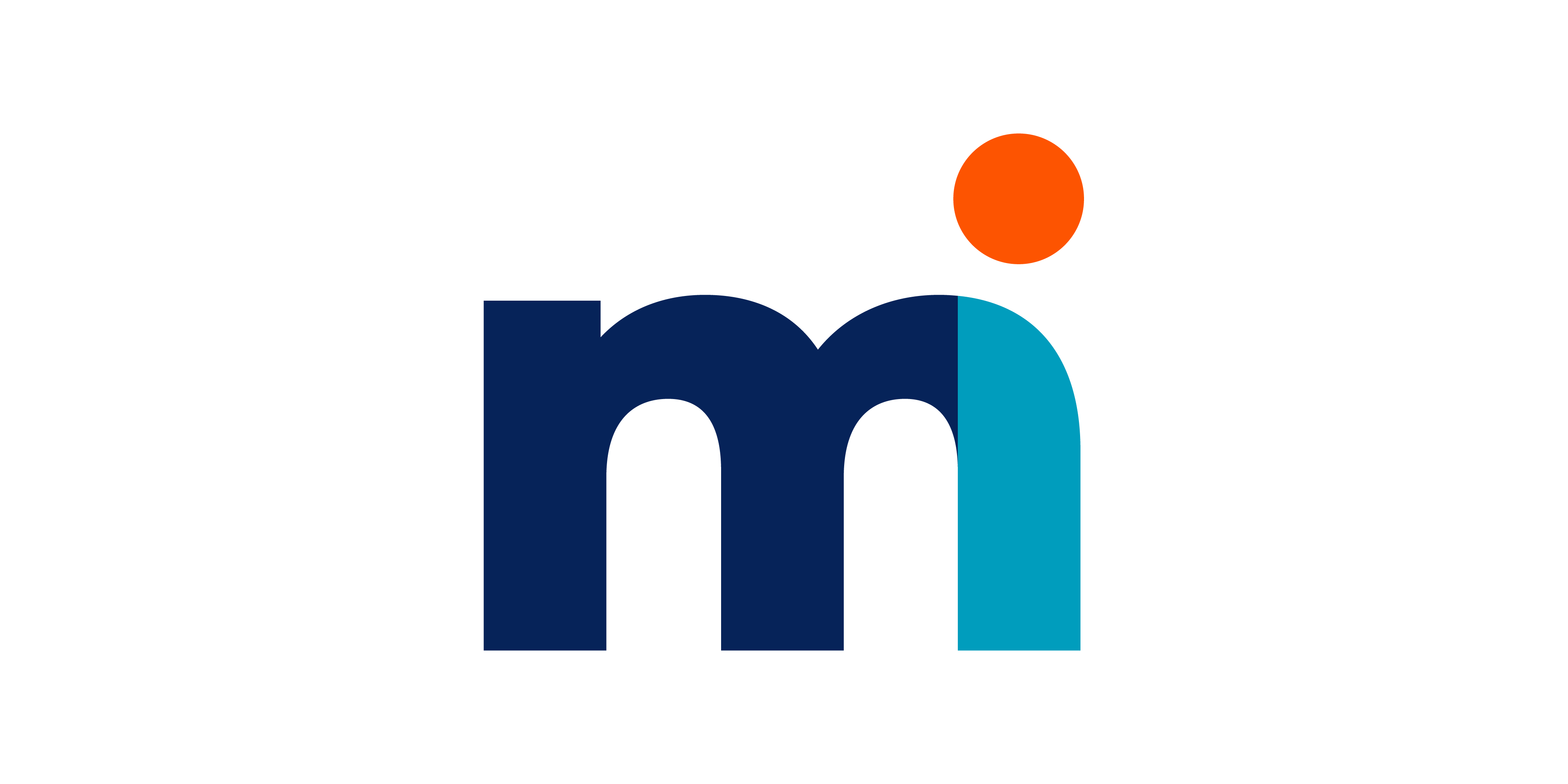Two project managers can follow the same playbook and end up with very different results. One runs every meeting on time but can’t quite get the team to gel. The other somehow keeps everyone engaged, even when the project gets messy. The difference usually isn’t the process, it’s emotional intelligence.
EQ is what helps a PM sense when tension’s building before it boils over, read between the lines in a client email, and know when the team needs support more than another status update.
It’s not a bonus skill; it’s the difference between managing a project and actually leading one.
The Human Side of Project Management
That’s because project management isn’t just about tasks and timelines, it’s about people. A project manager who can spot tension in a kickoff meeting, sense when a deadline is demoralizing rather than motivating, or adapt communication styles for different personalities often achieves smoother project outcomes than one who simply enforces process by the book.
Consider this:
-
Adapting to personalities: Some teammates thrive under pressure; others freeze. A strong PM adjusts timelines and expectations to avoid burnout while still meeting business needs.
-
Coaching through challenges: Teams hit walls — creative fatigue, technical blockers, stakeholder politics. An empathetic PM helps people push through instead of just logging “risk items.”
-
Knowing when to push back: Sometimes leadership asks for the impossible. A PM with high EQ can explain trade-offs diplomatically, protecting both the team’s energy and the project’s integrity.
This is the difference between managing tasks and managing people.
Coaching Through the Tough Spots
Every project hits a wall. Maybe it’s creative fatigue, shifting stakeholder priorities, or just the Monday blues that have somehow stretched into Wednesday.
An effective PM doesn’t just log the problem in a risk register. Instead, we:
-
Spot the signs early — the sighs on the Zoom call, the quiet Slack messages that say “this timeline feels impossible.”
-
Create space to vent — because sometimes a five-minute rant about the latest scope change is all that’s needed before the team can refocus.
-
Offer perspective — reminding the team of the bigger picture and celebrating the small wins that keep morale afloat.
By doing this, we keep the project moving forward and the humans behind it engaged and motivated.
The Neutral Party Advantage
One of the underrated roles of a project manager is being seen as the neutral party. We’re not caught up in the politics of “creative vs. client” or “marketing vs. product.” That makes us the safe sounding board, the person a designer can quietly tell, “I need two more days,” or a stakeholder can admit, “I’m not actually sure what I asked for.”
Because we sit in the middle, we can translate chaos into clarity, and frustration into action. Think of us as the project’s air traffic controller: everyone else is focused on their flight, but we see the whole sky.
A Little Humor Goes a Long Way
Projects are stressful. If you’ve ever tried to squeeze a week-long writing task into two days, you know the tension can get real. That’s why EQ also means knowing when to lighten the mood. A well-timed joke in a meeting or a meme in the chat thread can do wonders for diffusing pressure. It doesn’t replace good planning, but it makes the journey a whole lot smoother.
EQ in the Age of AI
This same logic applies to our new project “colleague”, AI. Tools can now draft schedules, summarize meetings, and even generate copy. But here’s what AI still can’t do:
-
Recognize when your designer has already worked three late nights and needs a breather.
-
Predict how your client will react to being told their request cuts a four-day timeline down to two.
-
Sense the subtle shift in morale when too many tasks get piled on without acknowledgment.
AI can crunch data, but it can’t yet sense human energy. That’s why even in a tech-augmented world, EQ remains the differentiator.
EQ as the Hidden Edge
At the end of the day, emotional intelligence is what turns a project plan into a project experience. It’s not about being everyone’s best friend or pretending we have psychology degrees, it’s about showing up with empathy, awareness, and just enough humor to make the tough moments manageable.
Because projects don’t succeed on timelines alone. They succeed when people feel supported, heard, and confident that no matter what curveball comes their way, their project manager has both the plan and the people handled.
✨ Closing thought: If project management is about building bridges between ideas and execution, then EQ is the steel that keeps the whole thing standing.
At Manage it Pros, emotional intelligence sits at the heart of The Manage it Method™ — our framework for blending structure with humanity. EQ drives how we lead, communicate, and make decisions. It turns process into partnership and helps teams stay grounded even in high-pressure moments.
It’s how we keep work organized and people supported — the balance that defines every successful project.

.png)

.png?width=1209&height=476&name=Newsletter%20CTA%20(1).png)
.png)
